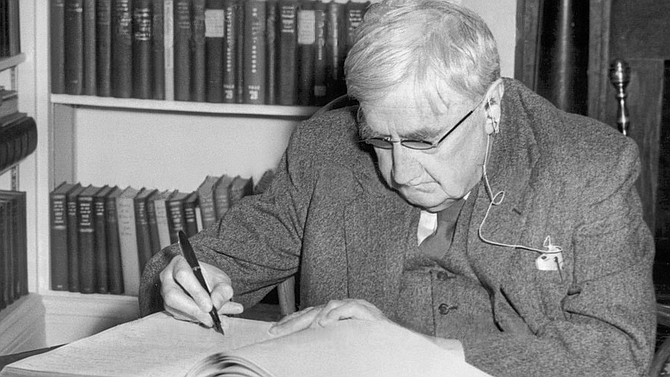 Facebook
Facebook
 X
X
 Instagram
Instagram
 TikTok
TikTok
 Youtube
Youtube

As we enter the 2020s, I thought it would be interesting to look back to 1920 and get a feel for what was going on in classical music at the start of that notorious decade.
Here is a list of composers still alive in 1920:
Significant compositions which premiered in the year 1920:
The significance of these two lists should be self-evident. In the past 100 years, classical music has transitioned from a living genre creating new masterpieces to a sustaining genre preserving the masterpieces of the past.
There are those who would dispute that fact and point to living composers such as Philip Glass, John Adams, Thomas Adès, Jake Heggie, Matthew Aucoin, Mason Bates, Aaron Schoenberg, David Bruce, and others. It is true that these living composers are creating good music but little of it appears to have staying power, and none of it will hold a place in the standard repertoire anywhere close to The Planets, Pulcinella, or The Lark Ascending.
How can I be sure? Every year, Classic FM conducts its “Hall of Fame:The biggest poll of classical music tastes.” The Hall of Fame is a list of 300 pieces ranked by popularity. Of the living composers I listed above, only Philip Glass’s Violin Concerto showed up on the list in 2019. His Violin Concerto came in at 231. The Lark Ascending was the top piece.
Classic FM is notorious as a popularized platform for classical music and the list is littered with movie music. For instance, Dances with Wolves is ranked over 150 places higher than Wagner’s Lohengrin.
The point being, living composers, outside of movie composers, are not going to have enough of a fanbase to join the ranks of composers which are being sustained by the standard repertoire of opera houses and concert halls.
In my opinion, having classical music function as a sustaining genre is a legitimate and desirable model. However, it is a model which will probably go through some downsizing in the United States in the upcoming decade unless a significant funding model is discovered and implemented.


As we enter the 2020s, I thought it would be interesting to look back to 1920 and get a feel for what was going on in classical music at the start of that notorious decade.
Here is a list of composers still alive in 1920:
Significant compositions which premiered in the year 1920:
The significance of these two lists should be self-evident. In the past 100 years, classical music has transitioned from a living genre creating new masterpieces to a sustaining genre preserving the masterpieces of the past.
There are those who would dispute that fact and point to living composers such as Philip Glass, John Adams, Thomas Adès, Jake Heggie, Matthew Aucoin, Mason Bates, Aaron Schoenberg, David Bruce, and others. It is true that these living composers are creating good music but little of it appears to have staying power, and none of it will hold a place in the standard repertoire anywhere close to The Planets, Pulcinella, or The Lark Ascending.
How can I be sure? Every year, Classic FM conducts its “Hall of Fame:The biggest poll of classical music tastes.” The Hall of Fame is a list of 300 pieces ranked by popularity. Of the living composers I listed above, only Philip Glass’s Violin Concerto showed up on the list in 2019. His Violin Concerto came in at 231. The Lark Ascending was the top piece.
Classic FM is notorious as a popularized platform for classical music and the list is littered with movie music. For instance, Dances with Wolves is ranked over 150 places higher than Wagner’s Lohengrin.
The point being, living composers, outside of movie composers, are not going to have enough of a fanbase to join the ranks of composers which are being sustained by the standard repertoire of opera houses and concert halls.
In my opinion, having classical music function as a sustaining genre is a legitimate and desirable model. However, it is a model which will probably go through some downsizing in the United States in the upcoming decade unless a significant funding model is discovered and implemented.
Comments